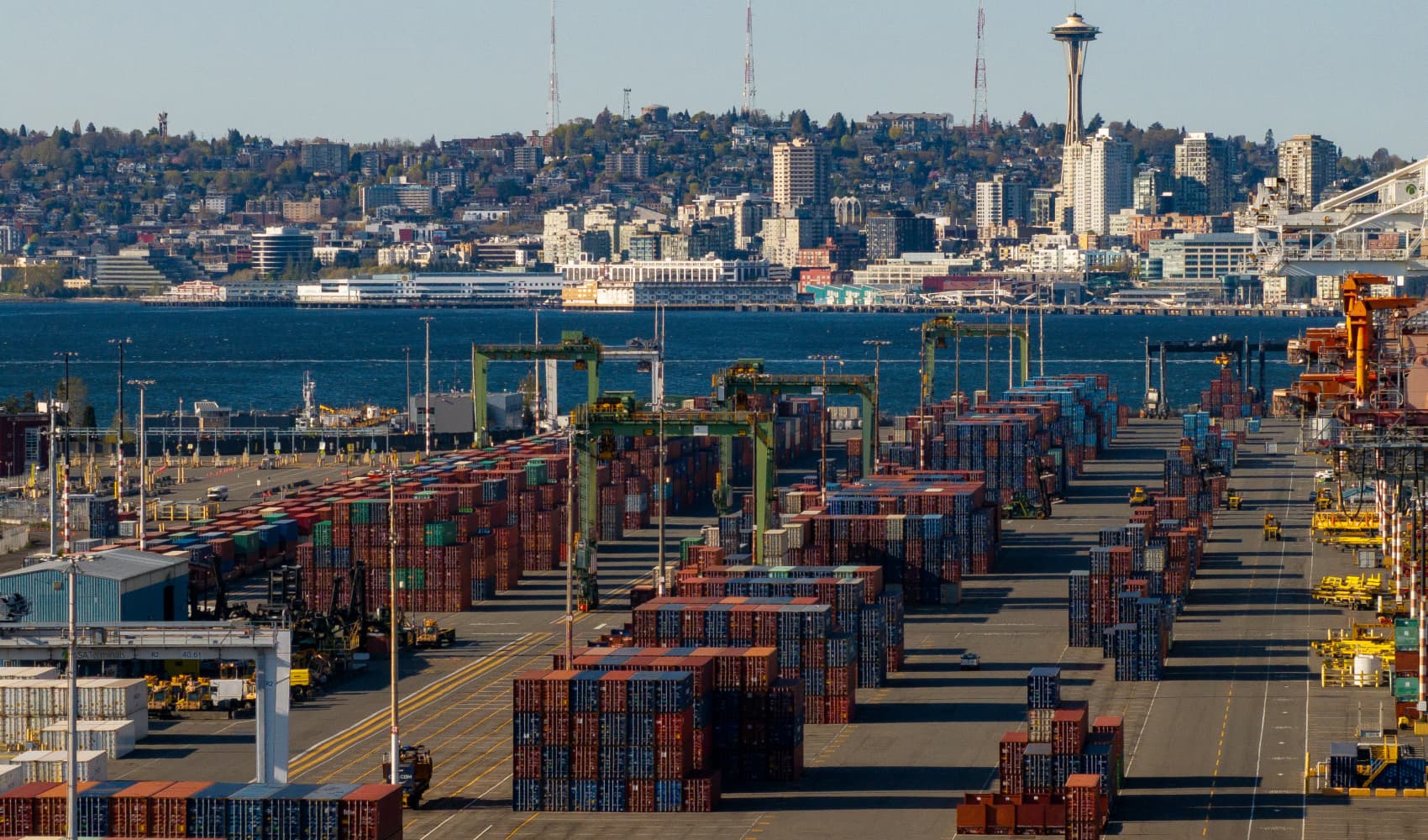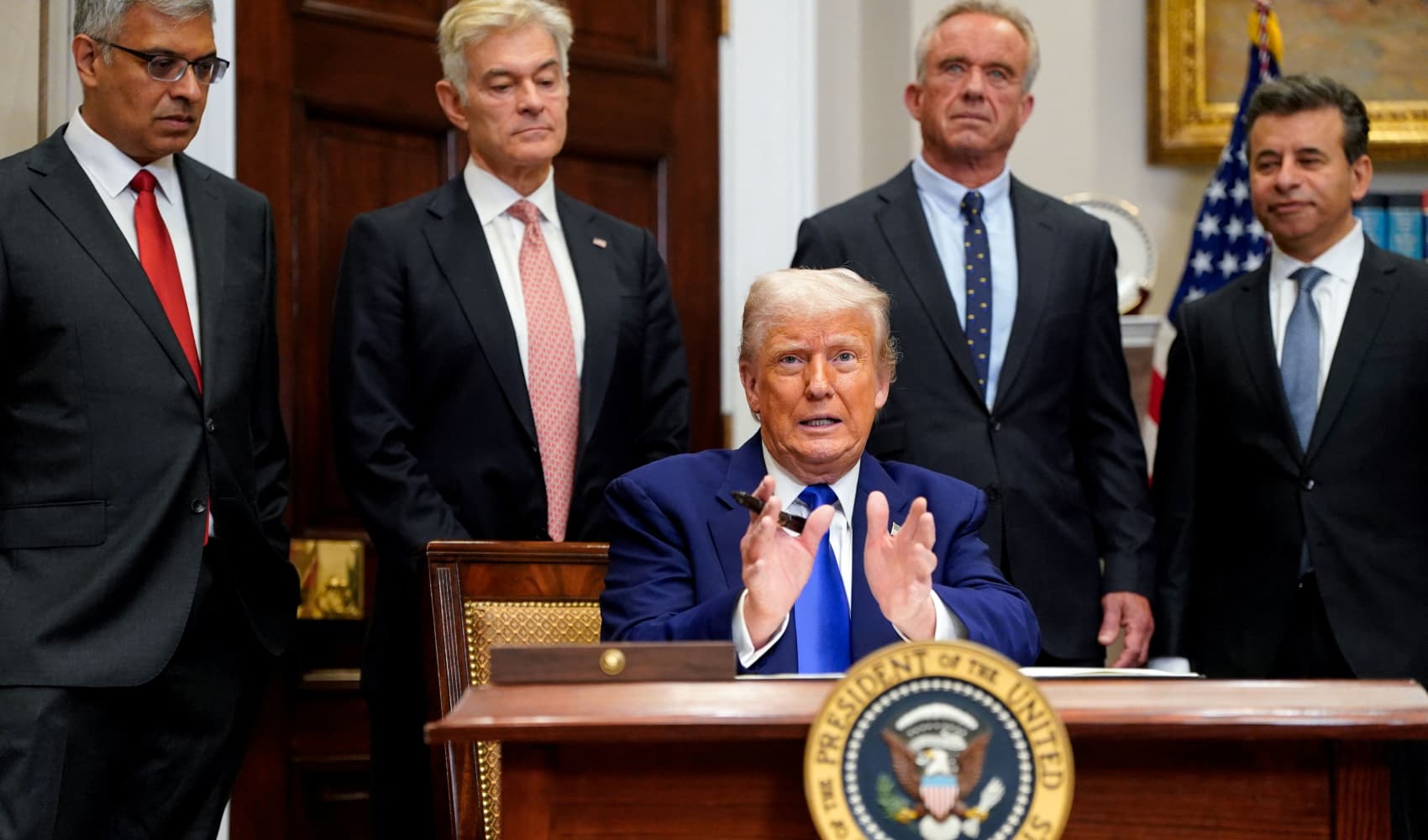Miami's Sneaker Recycling: Giving Old Shoes New Life!
Miami's Sneaker Recycling Revolution: One Step Closer to a Greener Planet
Introduction: Kicking Waste to the Curb
It’s no secret that sneakers tend to pile up in closets—or worse, end up in the trash. But one South Florida company is changing that narrative by transforming old kicks into global opportunities. Think of your old sneakers as more than just worn-out shoes; they're potential building blocks for a better future.
Sneaker Impact, a 75,000-square-foot facility in Miami, is where sustainability isn’t just a buzzword—it’s the foundation of the business. The mission is straightforward: keep sneakers out of landfills and give them a second life. Isn't it amazing how one simple idea can have such a profound impact?
Sneaker Impact: A Business Built on Sustainability
Founded by CEO Moe Hachem four years ago, Sneaker Impact is all about reducing environmental impact through the reuse and recycling of worn-out footwear. Every day, thousands of donated shoes arrive at the warehouse, where they’re carefully sorted based on their condition.
“Sneakers can take between 30 to 40 years to decompose,” Hachem explains. “Most of them end up in landfills. If we can find a solution to reuse and recycle, we’re creating a win-win for everyone—and for the planet.” It's like giving those sneakers a chance to rewrite their story, from landfill doom to second-life boom!
The Sneaker Journey: From Donation to Distribution
What happens to your old sneakers after you donate them? Let's take a walk through the process.
Sorting and Grading: Determining the Sneaker's Fate
The first step is a careful sorting and grading process. Shoes are evaluated based on their condition. Those still in good shape are destined for a second life, while those beyond repair are earmarked for recycling.
Cleaning and Refurbishing: Preparing for a Second Act
Shoes that are still wearable are cleaned, and sometimes even refurbished, to make them presentable. Imagine a spa day for your sneakers! This ensures they're ready for their next owner.
Global Impact: Shoes for Those in Need
Where do these pre-loved sneakers end up? This is where the story gets even better.
Providing Affordable Footwear: A Basic Human Need
Sneaker Impact partners with organizations around the world to distribute these shoes to people in need. Think about the impact of providing someone with a decent pair of shoes – it’s about more than just comfort; it’s about dignity and opportunity.
Empowering Communities: Creating Economic Opportunities
In many developing countries, having access to affordable footwear can be a game-changer. It allows people to walk to work, attend school, and participate more fully in their communities. Sneaker Impact isn't just giving away shoes; they're giving people a step up.
The Environmental Angle: Why Sneaker Recycling Matters
Let’s face it, landfills are overflowing. And sneakers contribute a surprising amount to this problem.
Reducing Landfill Waste: One Shoe at a Time
By diverting sneakers from landfills, Sneaker Impact is helping to reduce waste and conserve valuable resources. Each pair of shoes saved is a victory for the environment.
Conserving Resources: Less Manufacturing, Less Impact
Manufacturing new sneakers requires a lot of energy and resources. By extending the life of existing shoes, we can reduce the demand for new production, which in turn reduces our environmental footprint. It's like reusing a shopping bag instead of getting a new one – small actions, big impact.
Beyond Recycling: Sneaker Impact's Broader Vision
Sneaker Impact is more than just a recycling company; they have a vision for a more sustainable future.
Community Engagement: Spreading the Word
They actively engage with communities to raise awareness about the importance of recycling and sustainable practices. Education is key to creating long-term change.
Partnerships and Collaborations: Strength in Numbers
Sneaker Impact collaborates with businesses, organizations, and individuals to expand their reach and impact. By working together, they can achieve even greater things.
How You Can Help: Be Part of the Solution
Want to get involved? Here are a few ways you can make a difference.
Donating Your Old Sneakers: Give Them a Second Chance
The easiest way to help is to donate your unwanted sneakers. Instead of tossing them in the trash, give them a chance to make a positive impact.
Volunteering Your Time: Lend a Helping Hand
If you're looking for a more hands-on experience, consider volunteering at Sneaker Impact. Your time and energy can help to sort, clean, and prepare shoes for distribution.
Spreading the Word: Share the Mission
Help raise awareness about Sneaker Impact and their mission. Share their story with your friends, family, and on social media. Every little bit helps!
The Future of Sneaker Recycling: Innovation and Expansion
What does the future hold for Sneaker Impact? They’re not resting on their laurels.
Expanding Operations: Reaching More People
They have plans to expand their operations to reach even more communities in need and divert even more sneakers from landfills. The more they grow, the bigger the impact.
Exploring New Technologies: Finding Innovative Solutions
Sneaker Impact is always looking for new and innovative ways to recycle and reuse sneakers. They're exploring new technologies to break down shoes into their component materials and use them to create new products. Think of it as sneaker alchemy, turning old shoes into gold!
The "Pretty Special" Factor: What Makes Sneaker Impact Unique
The quote from the title, "It's pretty special," truly captures the essence of what Sneaker Impact is doing. But what makes them so unique?
Beyond Profit: A Socially Responsible Business
Sneaker Impact is a business with a purpose. They're not just focused on profits; they're driven by a desire to make a positive impact on the world. They're proof that business can be a force for good.
A Comprehensive Approach: From Collection to Distribution
They manage the entire process, from collecting used sneakers to cleaning, sorting, and distributing them to those in need. This comprehensive approach ensures that every shoe makes the biggest possible impact.
Conclusion: Stepping Towards a Sustainable Future
Sneaker Impact is a shining example of how a simple idea can lead to significant environmental and social benefits. By recycling sneakers, they're not only reducing waste and conserving resources, but also providing affordable footwear to people in need and creating economic opportunities in developing countries. They show us that even something as seemingly ordinary as an old pair of sneakers can be a powerful tool for change. So, next time you're cleaning out your closet, remember Sneaker Impact and consider giving your old kicks a second chance to make a difference.
Frequently Asked Questions
Here are some frequently asked questions about Sneaker Impact and sneaker recycling:
- What types of sneakers can I donate?
Sneaker Impact accepts all types of athletic shoes, including running shoes, basketball shoes, and tennis shoes. They prefer shoes that are in wearable condition, but they also accept shoes that are damaged or worn out for recycling purposes. - How can I donate my sneakers to Sneaker Impact?
You can donate your sneakers by dropping them off at their Miami facility or by organizing a sneaker drive in your community. Check their website for drop-off locations and more information about organizing a drive. - What happens to sneakers that are not wearable?
Sneakers that are not wearable are sent to recycling partners, who break them down into their component materials. These materials can then be used to create new products, such as playground surfaces and athletic tracks. - Does Sneaker Impact accept other types of shoes besides sneakers?
Currently, Sneaker Impact primarily focuses on recycling and reusing athletic shoes. Check with them directly to see if they accept other types of footwear. - Is my donation tax-deductible?
As a recognized non-profit organization, donations to Sneaker Impact are tax-deductible. Be sure to request a receipt for your donation.


![Tariffs' Impact: How Companies Navigate Uncertainty [2024] Tariffs' Impact: How Companies Navigate Uncertainty [2024]](https://media.nbcnewyork.com/2025/04/COCA-COLA.jpg?quality=85&strip=all)





